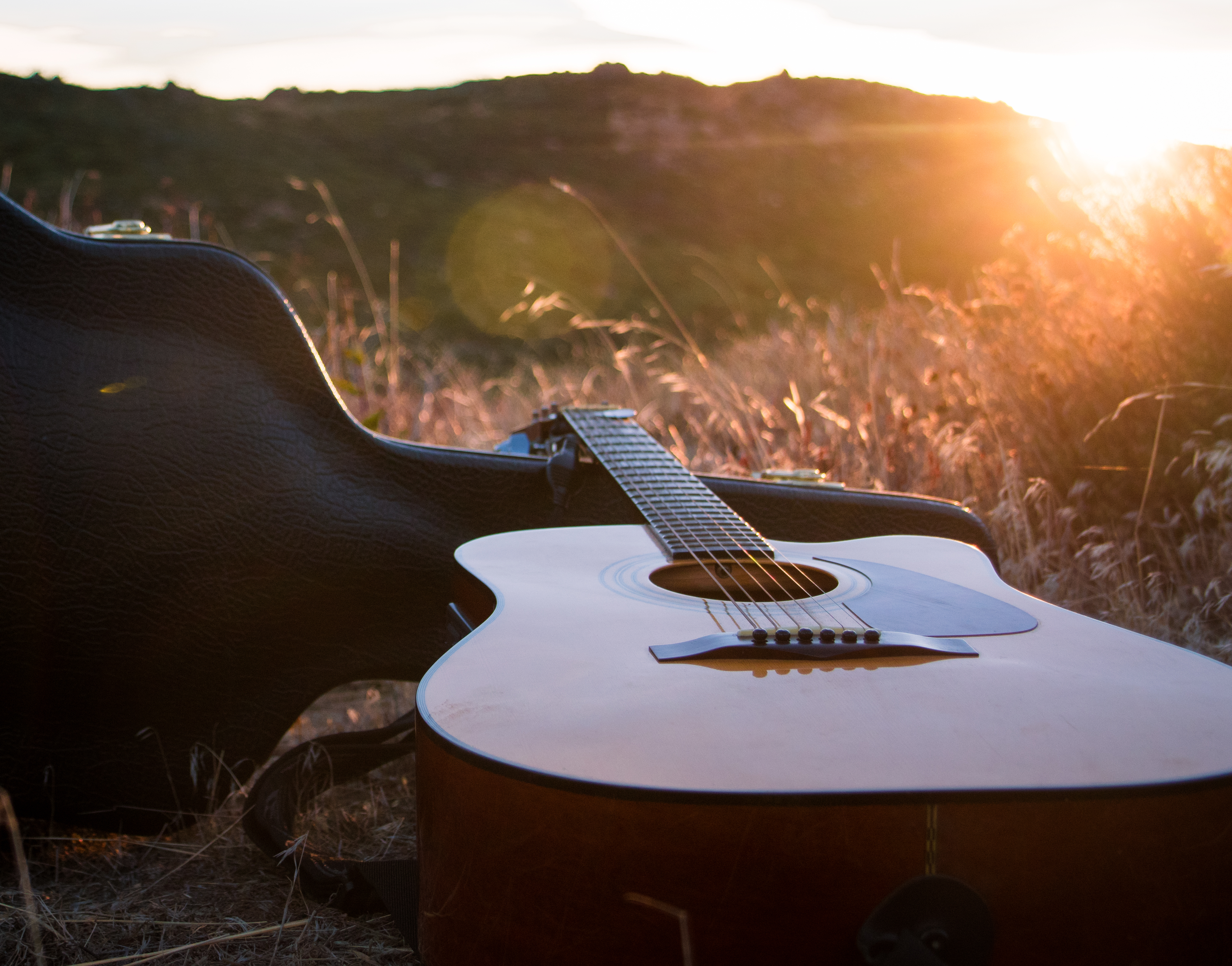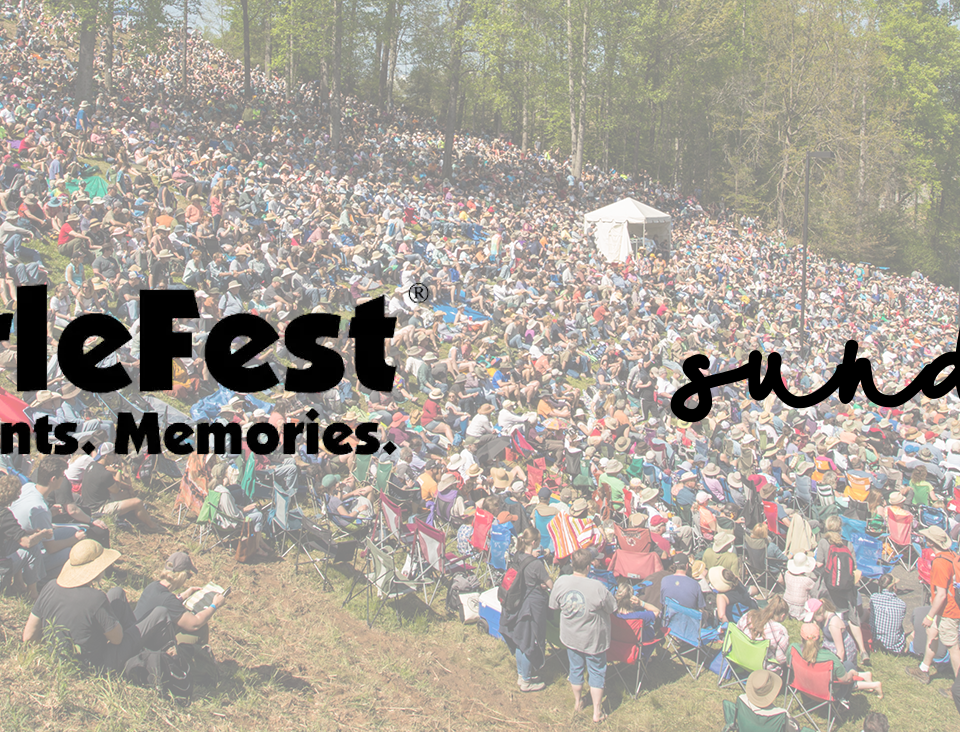
Restaurants of the Foothills
February 3, 2024
Scrapbook of Bascom Lamar Lunsford
February 4, 2024Appalachian Music
It's probable that when you read "Appalachian Music," your mind goes straight to Bluegrass. And you wouldn't be wrong. Bluegrass is an essential part of the music of the hills, but the term encompasses so much more.
"Appalachian Music" refers to almost 300 years of innovation and tradition and encompasses many cultures and styles. The traditional music of the Southern Appalachian Mountains has contributed to nearly every genre of American music, including but not limited to blues, jazz, Bluegrass, honky tonk, country, gospel, and pop.
There were two distinct periods of Appalachian music. The first began when people emigrated from the British Isles in the early 18th century and lasted until around 1900. Those 200 years, the traditional Appalachian period, were marked by very isolated mountain communities carrying on the traditions their ancestors passed on to them. Ballad singing was as common as speaking and wasn't limited to performances. It was a way of life.
Around 1900, people began to realize the importance of the ballads mountain folk were singing. At that time, there was a concerted effort worldwide to "capture" the old songs, write down the lyrics, and record the singers when possible. In other parts of the world, the older generations were the only ones who knew the older songs, and their memories were collectively failing them. But in the Appalachian mountains, the songs were still fresh on the lips of the people. Olive Dame Campbell and Cecil Sharp, among others, are responsible for saving these songs for history.
Many of these ballads are still sung by traditional musicians. Barbara Allen, for instance, is the oldest known song in the English language. It's been recorded by countless musicians, including Jean Ritchie, Pete Seeger, Joan Baez, The Everly Brothers, Bob Dylan, Simon and Garfunkle, Emmy Lou Harris, Glenn Campbell, Bill Davis, Dolly Parton, Roseanne Cash, and many more. This is the case for many of the traditional ballads.
During this time, church music was significant. Old gospels were sung, and the people of the Appalachians loved shape-note singing. "Shape notes" are a particular way of notating music that uses shapes to represent the notes, making it easier to sight-read.
Also, during this era, we saw the development of the Appalachian Dulcimer. It first appeared in the early 19th century, mainly among the Appalachian settlers descended from Scotch-Irish emigrants, but they were not known in Scotland, Ireland, or England. They are actually of German descent but gained popularity here because they were much easier to make than a fiddle and were well suited for playing for small crowds.
It should also be noted that most of the studies, and therefore the recorded history, are very focused on the Anglo-Saxon settlers in the area. But that tells an incomplete story. The banjo, one of the two instruments most closely associated with Appalachian music, arrived in America on slave ships in the 1600s. The banjo arrived in America on slave ships and traveled west with enslaved people. The downward strokes used to play it were developed by those same people. It wasn't until recently that historians began to look more closely at the contributions of people of color.

The second period of music, lasting from 1900-1930, is called the Old-Time Appalachian Music era. This era brought about the music that would lead to Bluegrass. Folk music went hand-in-hand with folk dances, such as square dancing, clogging, and buck dancing. The music of that era was played mostly with the fiddle, banjo, and guitar. This string-heavy arrangement came to be called the string band. Many other instruments could be used, including cello, piano, hammered dulcimer, Appalachian dulcimer, lap-steel guitar, mandola, mouth bow, as well as others such as the harmonica, autoharp, jaw harp, jug, accordion, washboard, spoons, or bones. Whatever was available to make music with was fair game. Sometimes fiddles were played by two people: one playing the traditional part, using a bow on the strings, and another using a stick on the side of the fiddle for percussion. This is where the term "fiddle sticks" originated.
If it weren't for the radio's rapidly increasing popularity, the world would never have heard the sounds of the old-time string bands of Southern Appalachia. Musicians were excited to perform for radio shows, directing listeners to their live shows. Radio shows highlighting old-time music began to pop up across the Southern Appalachians.
The WPAQ Saturday morning Merry-Go-Round, filmed at the historic Reeves Theatre in Mount Airy, is the nation's second longest-running radio show. You can still attend the live taping on Saturdays at 11. Shows like this one helped popularize and preserve the old-time Appalachian music, bringing it down the mountain to folks all over the country.
At the same time that the twang of string bands rang out over the hills, the African Americans of the region were developing a new style of blues. This style was more melodic than the more mainstream blues of the Delta. It leans more on the melody from the guitar than the percussion and also has a heavy ragtime influence.
In other parts of the country, the music played by people of color and white people was very separate and developed individually. In the Appalachian mountains, however, the lines were much more blurred.
In the many mining towns of the Appalachian mountains and poor farming communities, the different races lived separately from each other. This period spans the years of the Jim Crow South, years marked by the extreme separation of the races. Still, in Appalachia, people of different races often played music together on back porches. They delighted in mixing instruments from different cultures together, teasing out the similarities to produce genuinely revolutionary music. Musical archivist Jeff Place said, "You could listen to some 78s of music from there and not know if it was a white or black musician playing it."
During this time, the music popularly came to be called "Hillbilly" music. Because that word has so often been used as a pejorative, Foothills Digest prefers to steer clear of it. Hank Williams spoke about being offended by the label, and it isn't an accurate or meaningful label.
Out of the old-time string bands and Appalachian blues movements, Bluegrass was born. Bill Monroe, of the mountains of Kentucky, is known as the Father of Bluegrass, and we get the genre name from his band, "Bill Monroe and the Blue Grass Boys."
North Carolina Bluegrass artists include The Blue Sky Boys, Doc and Merle Watson, Jim Lauderdale, Earl Scruggs, and Wade Mainer, among many others.
Bluegrass has a particular and identifiable sound. First, the music is produced by stringed instruments. Purists insist that the instruments must be guitar, mandolin, fiddle, banjo, and bass, but most consider that more of a suggestion than a rule. Secondly, the off beat is emphasized. The music is high-energy and more high-pitched than its cousin, country music. Two, three or four-part harmonies are to be expected, with interesting and varied "stacks" of vocal ranges. Bill Monroe said it had a " high lonesome sound."
In the Southern Appalachians, music has never been a thing that was relegated only to performers. Porches were made for sitting around and playing music. Everyone sang along, and the joy was in singing and playing as much as in listening.
Today, that spirit is still evident when you watch musicians "jam." A jam is an unrehearsed session of music playing where the songs are impromptu, flowing, and ever-changing. Generally, the participants sit in a loose circle, with one person choosing a song or tune and everyone joining in.
MerleFest, America's top traditional music festival, offers a great many traditional performances. But perhaps more importantly, it gives the nation's best traditional artists space and time to jam together, and you can have a seat in the audience. Each day of the festival has time in the schedule for jam sessions. It happens each April in Wilkesboro, NC, and it is an absolutely quintessential North Carolina experience.
The Blue Ridge Music Trails highlight a myriad of opportunities to attend jam sessions or traditional music performances. For instance, at the Drexel Barbershop, you'll find musicians from the region playing together instead of cutting hair each weekend, and at ZUMA coffee shop, on the third Thursday of every month, you can hear legendary bluegrass performers jamming with their neighbors. The BRMT website, blueridgemusic.com, offers helpful search tools and information about performances. Foothills Digest salutes the critical work of preservation and education that the Blue Ridge Music Trails engage in.
Traditional music is still alive and well in western North Carolina. We hope that this issue of Foothills Digest helps you experience the music and history of our region in a more meaningful way, and that it encourages you to support the musicians still honing this craft.





